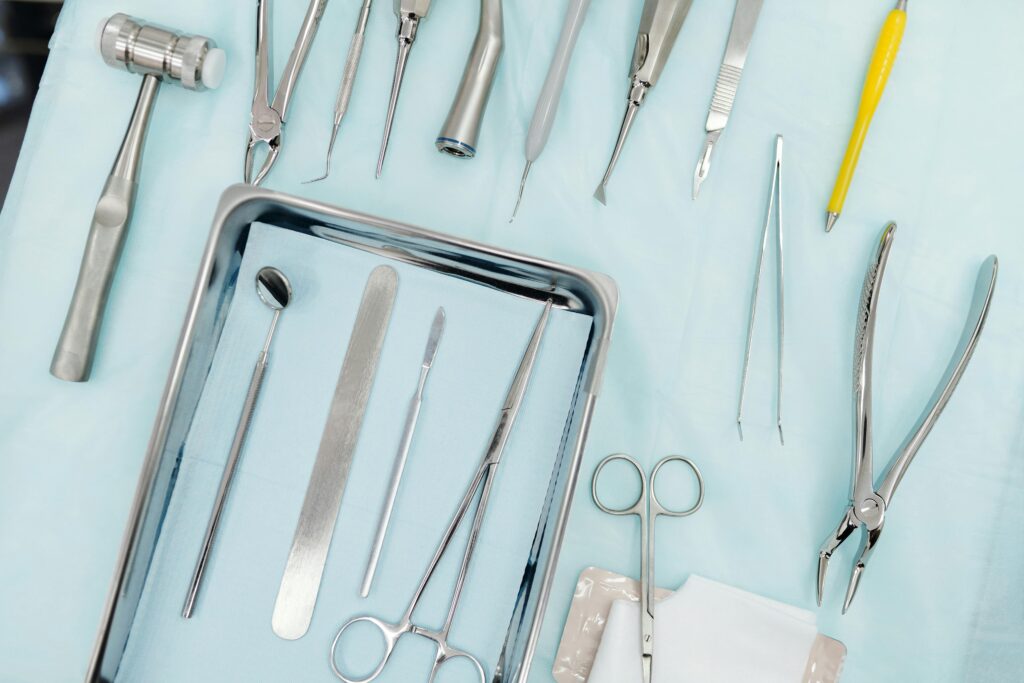Bone Grafting & Sinus Augmentation

What Is Bone Grafting & Sinus Augmentation?
Bone grafting and sinus augmentation are advanced dental procedures designed to restore lost bone and create a stable foundation for dental implants or other restorative treatments. These procedures are commonly performed when bone loss has occurred due to tooth loss, periodontal disease, or trauma. By rebuilding and strengthening the jawbone, they help ensure the long-term success of dental implants and overall oral health.
What Is Bone Grafting?
Bone grafting is a procedure that replaces lost bone in the jaw using bone material sourced from the patient, a donor, or synthetic materials. Over time, the graft integrates with the existing bone, stimulating natural bone regeneration. This procedure is particularly important for patients who lack sufficient bone volume to support dental implants.
Why Is Bone Grafting Necessary?
Bone grafting is essential for:
- Restoring bone lost due to periodontal disease, trauma, or tooth extractions.
- Providing adequate bone volume to securely support dental implants.
- Preventing further bone deterioration, which can affect facial structure and oral function.
What Is Sinus Augmentation?
Sinus augmentation, also known as a sinus lift, is a specialized bone grafting procedure that adds bone to the upper jaw in the area of the molars and premolars. When bone loss occurs in this region, the sinus membrane is gently lifted, and bone graft material is placed beneath it. This creates the necessary bone height to support implants in the upper jaw.
Why Is Sinus Augmentation Important?
- Increases bone height in the upper jaw for implant placement.
- Creates a secure and stable foundation for long-term implant success.
- Prevents complications caused by insufficient bone in the sinus area.
How Are Bone Grafting & Sinus Augmentation Performed?
- Bone Grafting: Bone material is placed in areas with insufficient bone, allowing new bone to grow and strengthen the jaw.
- Sinus Augmentation: The sinus membrane is carefully lifted, and bone graft material is placed beneath it to increase bone volume.
Is Bone Grafting & Sinus Augmentation Painful?
Both procedures are performed under local anesthesia to ensure patient comfort. Some swelling or mild discomfort may occur after treatment, but this is manageable with prescribed medication and proper aftercare.
Who Needs Bone Grafting or Sinus Augmentation?
These procedures are typically recommended for individuals who:
- Have experienced bone loss due to periodontal disease, injury, or tooth extractions.
- Require additional bone support for dental implants.
- Have insufficient bone in the upper jaw for successful implant placement.
How Long Does It Take to Heal?
Healing times vary depending on the individual and the extent of the procedure:
- Bone grafts typically take several months to fully integrate with the natural bone.
- Sinus augmentation may require a few months of healing before implants can be placed.
What Are the Benefits of Bone Grafting & Sinus Augmentation?
- Restores Jawbone Strength: Provides the necessary support for dental implants and other restorations.
- Enhances Aesthetic Appearance: Prevents bone loss that can lead to facial sagging.
- Improves Long-Term Oral Health: Reduces the risk of future bone deterioration and ensures implant stability.
How Do These Procedures Contribute to Implant Success?
Bone grafting and sinus augmentation are crucial for ensuring that dental implants have a strong and secure foundation. Without adequate bone volume, implants may not integrate properly, leading to complications. By restoring lost bone, these procedures significantly increase the success rate of implants, ensuring a durable and long-lasting outcome.
